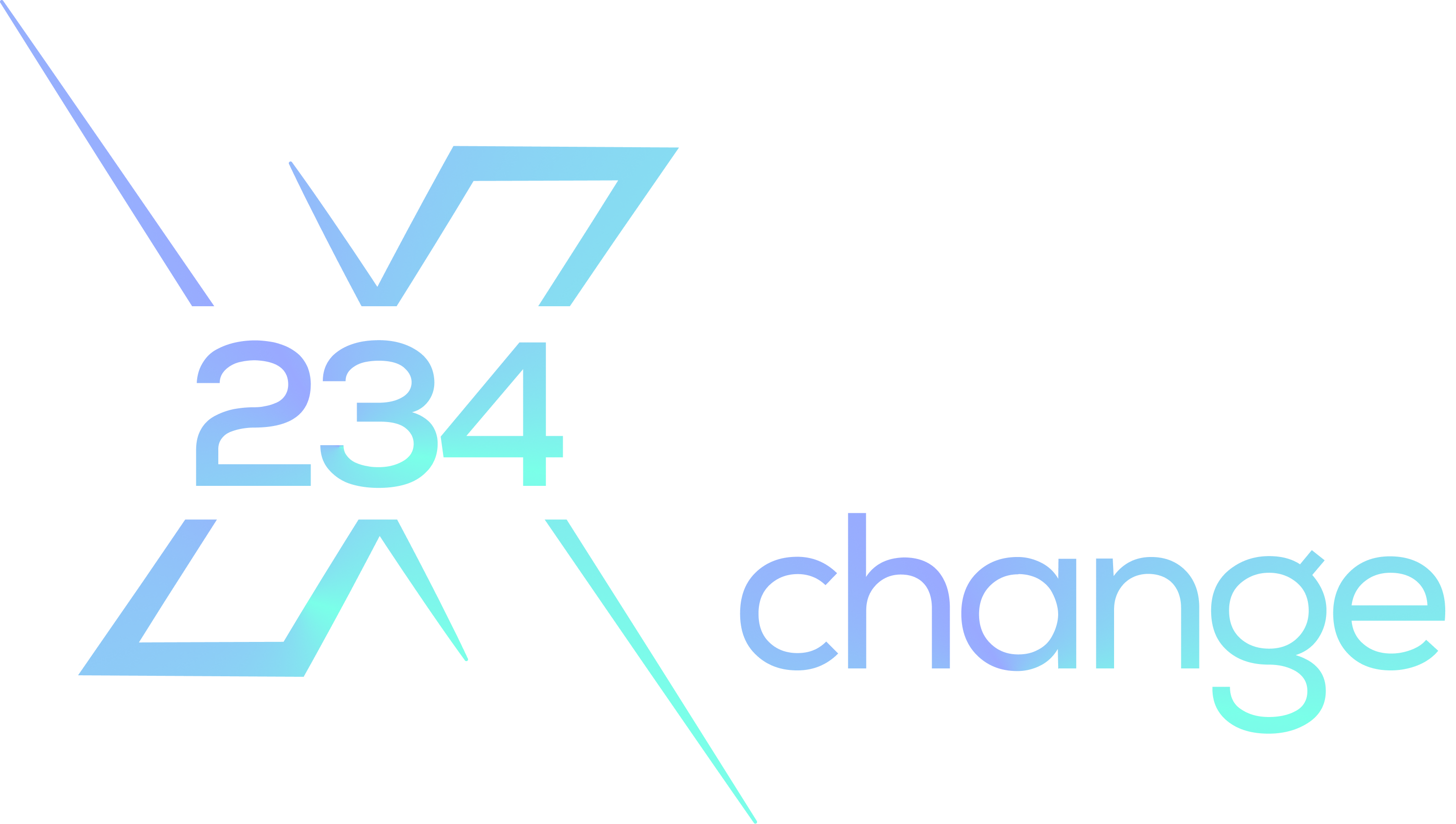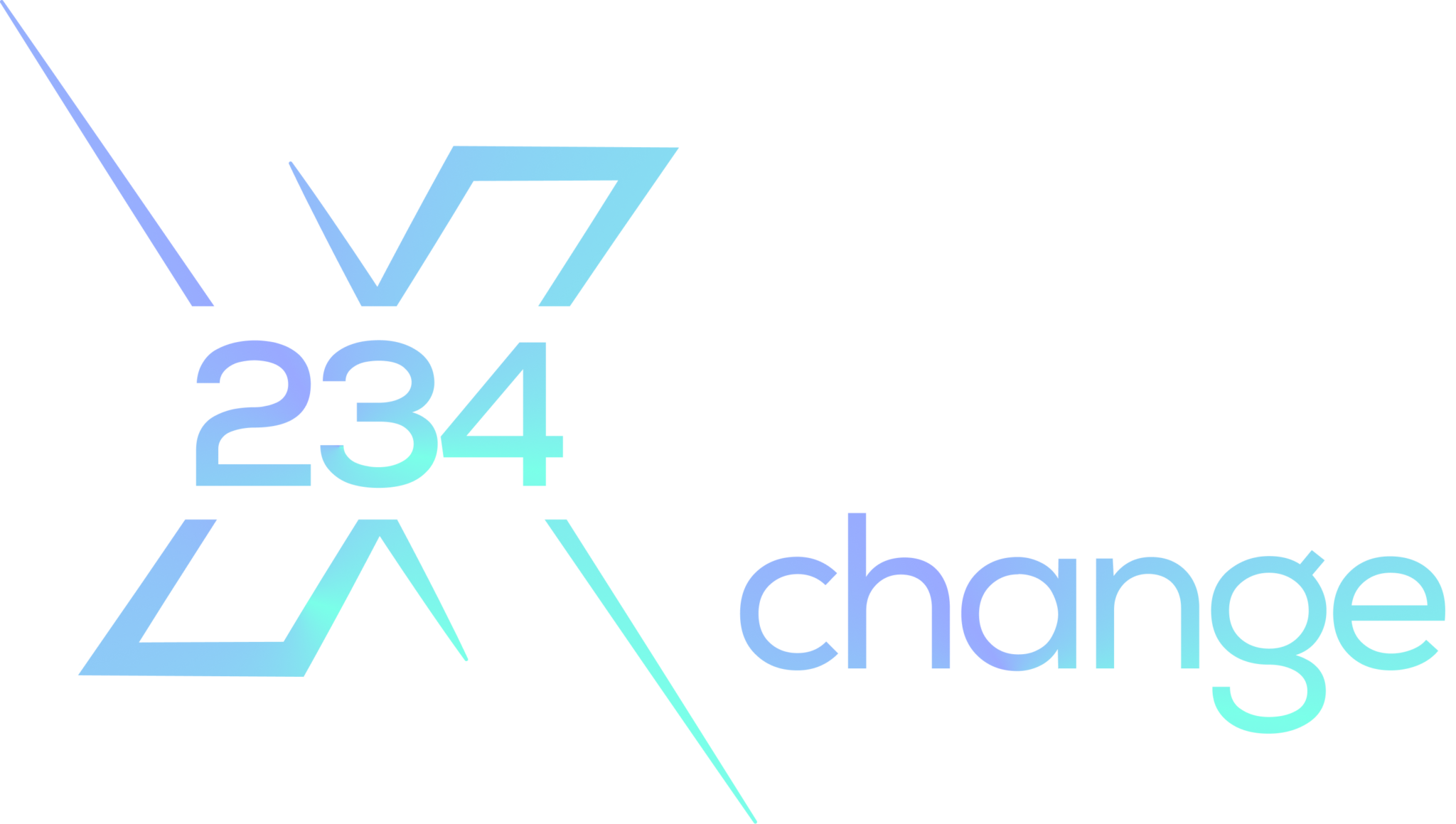A High-Performance Blockchain for Decentralized Applications

In the ever-evolving world of blockchain technology, Solana has emerged as a prominent player, known for its impressive speed and scalability. Launched in 2020, Solana aims to address some of the critical limitations faced by earlier blockchain networks, particularly in the realms of transaction speed and network congestion.
High-Speed Transactions and Scalability
One of the defining features of Solana is its ability to process transactions at remarkable speeds, often achieving over 65,000 transactions per second (TPS). This capability is primarily attributed to its innovative consensus mechanism, Proof of History (PoH). PoH enhances the efficiency of the network by creating a historical record that proves that an event has occurred at a specific moment in time, thereby streamlining the verification process for subsequent transactions. This technology not only ensures rapid processing but also maintains low transaction fees, making Solana a cost-effective option for developers and users alike.
Solana’s ecosystem is thriving, hosting a diverse range of decentralized applications (dApps), from decentralized finance (DeFi) platforms to non-fungible tokens (NFTs). Projects like Serum, a decentralized exchange, and Audius, a decentralized music streaming service, showcase the versatility and potential of the Solana blockchain. The rapid growth of these applications has attracted significant interest from investors and developers, further bolstering Solana’s position in the crypto space .
Challenges and Criticisms
Despite its successes, Solana has faced challenges, particularly related to network outages. The blockchain has experienced several interruptions that raised concerns about its reliability and decentralization. Critics argue that while Solana offers impressive performance, the network’s speed and low costs may come at the expense of robustness. Moreover, as the ecosystem continues to grow, maintaining security and decentralization will be crucial for its long-term viability.
Future Prospects
Looking ahead, Solana’s prospects appear promising. The continued development of its ecosystem, coupled with growing interest in DeFi and NFTs, positions Solana as a key player in the blockchain landscape. Additionally, initiatives aimed at enhancing network stability and security will be vital as the platform evolves .
Conclusion
Solana’s innovative approach to blockchain technology, characterized by high-speed transactions and a robust ecosystem, has made it a standout in the crowded crypto space. As it navigates challenges and expands its capabilities, Solana is poised to play a significant role in shaping the future of decentralized applications and blockchain technology as a whole. For more detailed insights into Solana and its ecosystem CLICK HERE, you can explore articles from sources like Cointelegraph and CryptoSlate.
For more Articles Click Here


